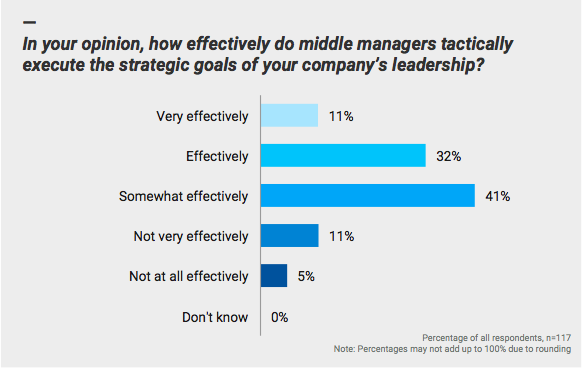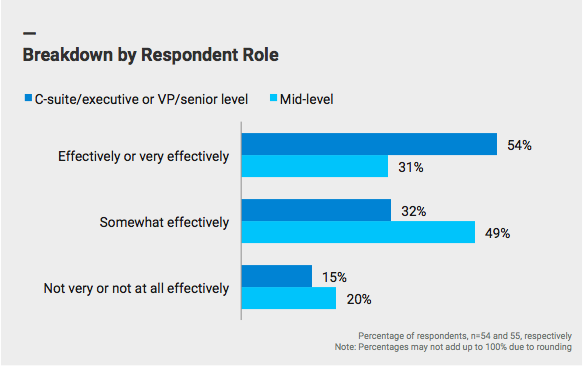
GBC Poll Reveals Disconnect Within Government Contracting Organizations
Government contractors, take heed.
With a series of multi-billion dollar mergers and acquisitions shaking up the government services industry, the contracting landscape has never been more competitive. 2016 is already shaping up to be a major year for federal IT contract vehicles, as a mix of seasoned, emerging, and newly formed competitors contend over contracts expected to amass a combined $10 billion per year over the next decade.
Other trends have also forced longtime industry players to adjust their business strategy, including an unprecedented influx of private sector innovation and movement within government to shed massive, multi-year, waterfall-paced projects in exchange for swift, iterative, and user-invested technology sprints.
But just as agencies are redefining their operational models, it is critical that government contractors follow suit. As studied in a recent GBC poll, industry leaders preparing their companies to compete for business may be struggling to enact the organizational changes necessary to effectively serve government customers.
To learn more about the effectiveness of communication and management strategies within government contracting organizations, Government Business Council conducted a flash poll on the following question:

GBC received 117 responses to the flash poll, with all respondents identifying as employees who work for government contractors. Respondents comprise a wide range of roles within their organizations: 18% identify as C-suite/executive level, 28% as VP/senior level, 47% as mid-level, and 7% as entry/junior level.
Overall, only 43% of respondents evaluate middle managers in their company as being effective or very effective at executing the strategic goals outlined by senior leadership.

However, the results also reveal communication gaps between senior leaders and middle managers: while 54% of C-suite/executive and VP/senior level leaders grade their organization’s middle managers as effective or very effective at executing strategic goals, just 31% of mid-level employees express a similar degree of confidence in their abilities in this area.
As supported by this data, there is a growing urgency for companies to revamp their management practices to ensure that changing priorities are fully communicated from the top down. Meeting the needs of an increasingly agile government involves a move toward proactive development cycles and service level agreements with customer-defined performance expectations, but it also requires organizational shifts away from stratified and static management models in favor of dynamic models that engage, educate, and equip employees for success.
In an environment with constantly evolving business models, achieving success and winning business may require organizations to bridge these communication gaps. Company leaders may find greater success with new initiatives by including middle managers earlier in the strategic planning process, and by investing more in communication tools and training that prepare them to more effectively articulate and execute strategic goals.
This post is written by Government Business Council; it is not written by and does not necessarily reflect the views of Government Executive Media Group's editorial staff. Portions of this content are made possible by our sponsor, Salesforce. For more information, see our advertising guidelines.
